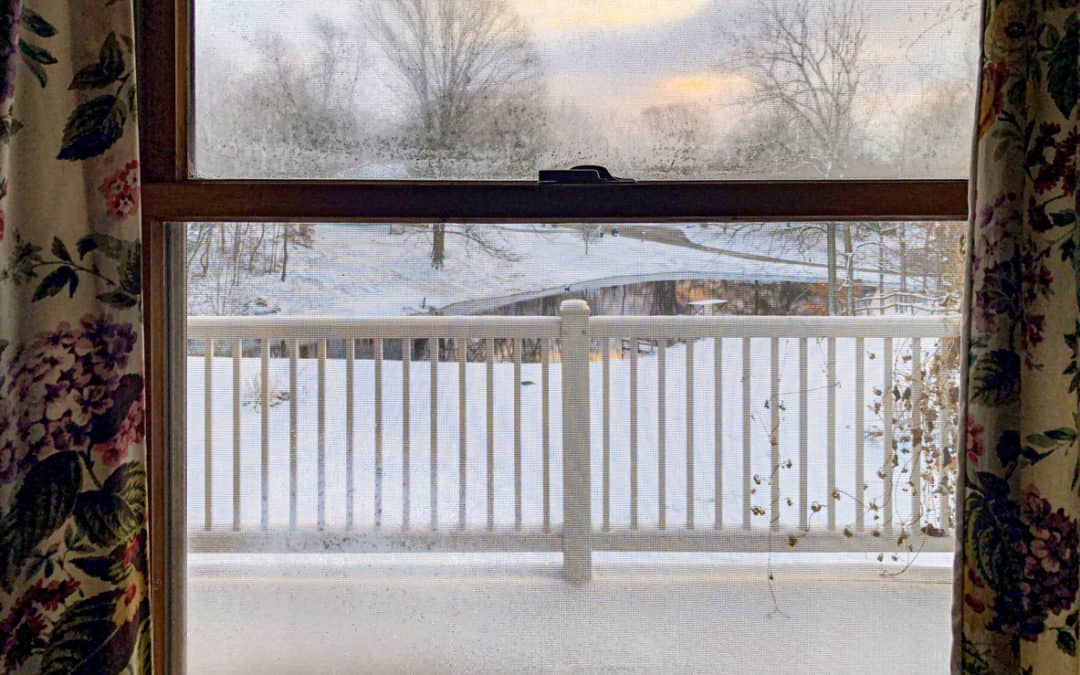Many homeowners wonder if they should build their own deck railings or whether they need to hire a contractor. You have two main options at your disposal when installing your own deck railing system. You can measure, cut and install each piece from your chosen material, such as wood. Or, you can choose from a wide range of designs, styles and materials by using a professionally manufactured deck railing system. These systems provide everything you need to install the deck railing on your own.
Really, putting together a complete deck railing kit is something you can do yourself with a little time and effort. Of course, you need a quality deck railing kit, such as one you buy from a trusted manufacturer. But according to mcleanrailings.ca, a contractor is not necessarily required.
Regardless of your choice of a full DIY or using a manufactured system, below are the general steps in building your own deck railing system.

How do I build my own deck railing?
If you are the DIY type of homeowner and enjoy putting in some time to save money, installing your own deck railing, such as aluminum deck railings, can prove very worthwhile. Besides, there is a sense of pride you get when you do the work yourself, over hiring someone else to do it for you. But installing a railing and building one from scratch are two different things. When faced with the option of installing pre-made railings designed by a quality manufacturer, try to proceed with that option. Or, you can choose to sweat the process of building your own through the steps below.
Below are some clear and easy steps for your deck railing installation. Ensure you wear comfortable yet solid footwear, work gloves and eye protection to prevent injuries.
Also, before starting your deck railing building, ensure you know the building requirements for your local area. Your new railing system must meet your region’s minimum railing height requirements and other such standards. Of course, if you are using a manufactured railing kit, you should know these details before ordering your railing kit or order from a knowledgeable manufacturer. Otherwise, you face going through all of the trouble of an installation, only to face penalties, deconstruction and reconstruction of your deck railings, in the end.
- Measure your deck and determine the post placement.
Using a standard tape measure, measure the distance of your deck’s straight outside edges, where the railing will exist. This measurement helps you determine where the railing posts will go. Start from the building, such as your house, at the two spots closest to the structure. Also plan for posts at outer corners and stairs.
You will typically need to refer to your chosen manufacturer and design scheme to know the distance between post placement. Ensure you evenly place the posts, repositioning as needed when one will sit directly above a deck joist. If you are using a manufactured deck railing, you only have to follow the manufacturer’s instructions for this step.
- Mount your railing posts.
Mark your decking with a pencil to show the locations for each railing post before starting the actual installation. Ensure each marked area has at least four inches of blocking to firmly support the post anchor fasteners. If you do not already have enough substructure for this anchoring support, simply add some substructure from one joist to the next.
- Measure and cut your deck rails to fit each section.
If you are building your own railings from scratch, you next need to measure and cut rails to fit between your mounted posts. Of course, if you are using a manufactured deck railing kit, these rails are already cut for you to fit the design scheme and layout. Working with a manufactured railing system has many benefits over building your own from scratch, such as all of the measuring and cutting involved in creating your own.
To measure for rails:
- Stretch your tape measure from the center of one railing post to the next.
- Write down each measurement.
- Use these measurements to mark and trim your railing for the right size. You will need to cut both top and bottom rails.
- Attach deck baluster connectors.
For all top and bottom rail sections, mark the center of each rail. Then, determine the space between the baluster to mark for each baluster from the center to the outer edges. Your local area likely has its own restrictions for the maximum distance balusters can be placed apart. You must follow that building code for your baluster placement.
Or, if you are installing a manufactured deck railing system, you can relax in knowing that your system meets your building code requirements. These systems are mapped out for you, so you do not have to measure for this baluster placement, either.
- Attach the bottom deck rail between each set of posts.
Secure each bottom railing to the associated posts using a level rail connector or deck rail bracket. If you are working with a manufactured railing system, these parts are included in your complete kit.
- Slide deck balusters over bottom rail connectors.
Fully seat each baluster on the associated connector.
- Attach the top railing.
Feed each section’s balusters into the associated baluster connector in the top rail. Use a rubber mallet to gently tap the top rail onto these balusters and into place. Inspect each top railing and secure it into place with deck rail brackets.
Is building your own deck railings worthwhile?
When you build your own deck railing system, the average homeowner has to use wood materials because of their ease-of-use when compared to other materials, such as glass, steel or aluminum. But when you work with a manufactured railing kit, you can choose from a broader range of materials like glass, steel or aluminum deck railings and still get the satisfaction of DIY installation. In other words, with a kit you can install a more polished and professional-looking deck railing system without requiring the help of a contractor.

Recent Comments